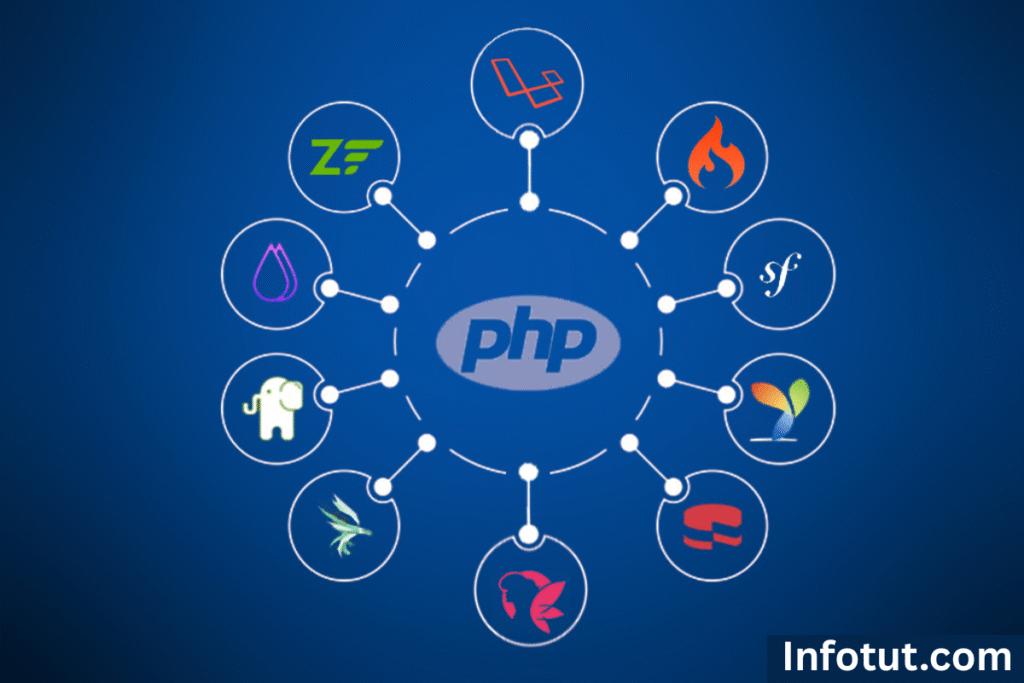Web development has changed drastically in the past decade. From static HTML websites to highly dynamic, responsive, and interactive applications, the demand for modern web frameworks has skyrocketed. Frameworks make the development process faster, more secure, and scalable. Instead of building everything from scratch, developers can use frameworks that provide pre-written code, libraries, and tools.
But with so many frameworks available, it’s often confusing to pick the right one. That’s why in this article, we’ll explore the most used frameworks for web development, their key features, pros and cons, and best use cases. Whether you’re a beginner developer or a business looking to build a modern website, this guide will help you understand the top frameworks ruling the industry.
Why Use a Web Development Framework?
Before we dive into the list, let’s first understand why frameworks are so important:
-
Faster Development – Frameworks come with built-in templates, libraries, and modules, reducing coding time.
-
Security – They offer pre-built solutions to handle vulnerabilities like SQL injection or cross-site scripting.
-
Scalability – Frameworks are designed to handle growth, both in terms of traffic and features.
-
Community Support – Popular frameworks have large communities, making problem-solving easier.
-
Best Practices – They enforce clean coding structures and design patterns like MVC (Model-View-Controller).
1. React.js
Type: Frontend JavaScript Library (often used as a framework)
Created by: Facebook (Meta)
React has been dominating the web development space for years. It allows developers to build highly interactive and dynamic user interfaces with reusable components.
Key Features:
-
Component-based architecture.
-
Virtual DOM for faster rendering.
-
Strong ecosystem with tools like Next.js.
-
Huge community support.
Best For:
-
Single-page applications (SPAs).
-
Dynamic web apps like dashboards, social media, and e-commerce platforms.
2. Angular
Type: Frontend JavaScript Framework
Created by: Google
Angular is a full-fledged MVC-based frontend framework. Unlike React, which is just a library, Angular provides a complete toolkit for developing complex, large-scale applications.
Key Features:
-
Two-way data binding.
-
Dependency injection.
-
Built-in testing tools.
-
Great support for enterprise-level apps.
Best For:
-
Enterprise web apps.
-
Real-time applications like chat apps.
-
Apps with complex logic and data.
3. Vue.js
Type: Frontend JavaScript Framework
Created by: Evan You
Vue is known as the progressive framework. It’s lightweight, flexible, and easy to learn, making it a favorite among beginners and startups.
Key Features:
-
Simple syntax and easy integration.
-
Virtual DOM for performance.
-
Supports both small projects and large-scale apps.
-
Great documentation.
Best For:
-
Small to medium projects.
-
Progressive migration (can be added to existing projects easily).
4. Django
Type: Backend Web Framework (Python)
Created by: Django Software Foundation
Django is one of the most popular backend frameworks. It follows the “batteries-included” philosophy, providing almost everything developers need out of the box.
Key Features:
-
Built-in admin panel.
-
Strong authentication system.
-
Secure against common attacks.
-
ORM (Object-Relational Mapping) support.
Best For:
-
Complex backend systems.
-
Data-driven applications.
-
Startups needing fast MVPs.
5. Ruby on Rails
Type: Backend Web Framework (Ruby)
Created by: David Heinemeier Hansson
Ruby on Rails (RoR) is known for its developer-friendly approach and rapid prototyping capabilities.
Key Features:
-
Convention over configuration.
-
Rich set of gems (plugins).
-
Strong community support.
-
Test-driven development.
Best For:
-
MVP development.
-
E-commerce platforms.
-
Social networking websites.
6. Laravel
Type: Backend Web Framework (PHP)
Created by: Taylor Otwell
Laravel has become the most loved PHP framework because of its elegant syntax and powerful features.
Key Features:
-
Blade templating engine.
-
Built-in authentication and authorization.
-
Artisan command-line tool.
-
Eloquent ORM.
Best For:
-
Websites requiring robust backend.
-
E-commerce and CMS systems.
-
APIs and microservices.
7. Express.js
Type: Backend Web Framework (Node.js)
Created by: TJ Holowaychuk
Express is a minimal and flexible Node.js framework that powers many modern web applications.
Key Features:
-
Lightweight and unopinionated.
-
Middleware support.
-
High performance for APIs.
-
Works well with MEAN/MERN stack.
Best For:
-
REST APIs.
-
Real-time applications.
-
Cloud-based applications.
8. Spring Boot
Type: Backend Web Framework (Java)
Created by: Pivotal Software
Spring Boot simplifies Java-based enterprise development by offering pre-configured setups and production-ready tools.
Key Features:
-
Microservice architecture support.
-
Embedded servers like Tomcat.
-
Strong security features.
-
Easy integration with databases.
Best For:
-
Enterprise-grade web apps.
-
Microservices development.
-
Banking and finance applications.
9. Flask
Type: Backend Microframework (Python)
Created by: Armin Ronacher
Flask is a lightweight and flexible Python framework. Unlike Django, it offers more freedom and customization.
Key Features:
-
Minimal and simple.
-
RESTful request dispatching.
-
Jinja2 templating.
-
Easy to extend with plugins.
Best For:
-
Small-scale apps.
-
Prototypes and MVPs.
-
APIs and services.
10. ASP.NET Core
Type: Backend Web Framework (.NET)
Created by: Microsoft
ASP.NET Core is a powerful, cross-platform framework used for building modern, scalable, and high-performance web apps.
Key Features:
-
Supports C#, F#, and VB.
-
Built-in dependency injection.
-
Cloud-ready with Azure integration.
-
Excellent for enterprise-level apps.
Best For:
-
Enterprise solutions.
-
Cloud-based web apps.
-
API-driven applications.
Choosing the Right Framework
The “best” framework depends on your project requirements:
-
If you want fast and dynamic frontends → React, Angular, Vue.
-
For powerful backends in Python → Django, Flask.
-
For enterprise-level scalability → Spring Boot, ASP.NET Core.
-
For PHP developers → Laravel.
-
For MVPs and startups → Ruby on Rails, Flask.
Future of Web Development Frameworks
The web development landscape will continue to evolve with:
-
Serverless architectures (using AWS Lambda, Vercel).
-
AI-powered development tools.
-
Progressive Web Apps (PWAs).
-
Full-stack frameworks like Next.js and Nuxt.js gaining more popularity.
Frameworks will keep adapting to new technologies, ensuring developers can build faster, safer, and smarter applications.
Conclusion
Web frameworks are the backbone of modern websites and applications. They not only speed up development but also ensure security, scalability, and better performance. Whether you’re a frontend enthusiast, backend developer, or full-stack professional, choosing the right framework will shape your project’s success.
From React and Angular on the frontend to Django, Laravel, and Spring Boot on the backend, these frameworks have become industry standards. As technology advances, staying updated with the most used frameworks will give you an edge in the competitive world of web development.
FAQs
Which web framework is best for beginners?
A: Vue.js (frontend) and Flask (backend) are great for beginners due to their simplicity and flexibility.
Which is faster: Django or Flask?
A: Flask is lighter and faster for small projects, while Django is better for large applications with complex requirements.
Is React a framework or a library?
A: Technically, React is a JavaScript library, but because of its ecosystem, many developers treat it as a framework.
Which framework is best for enterprise applications?
A: Spring Boot (Java) and ASP.NET Core (Microsoft) are top choices for enterprise-level projects.
Which backend framework is best for startups?
A: Django, Ruby on Rails, and Laravel are excellent for startups that need to launch quickly.

